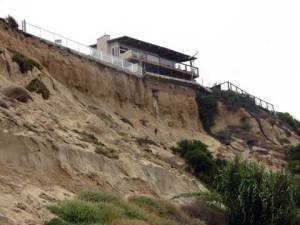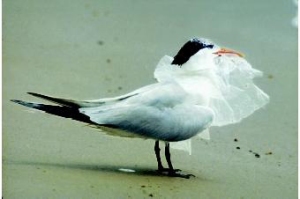A lot of people wonder why the sand at Plum island is purple. When we went on the field trip that was the first thing i was thinking about. The sand contains Garnet grains which is what makes the sand purple. The name “garnet” comes from the word, “granatum,” which means “a pomegranite,” for the mineral’s resemblance to the red seeds of the pomegranite fruit. Garnet sand can be any colors from pink to red to even light orange. The garnet sand is only located in three places, Plum Island beach sands, Woodruff Pond sand in the Adirondack Mountains, and Woodruff pond.
Quartz, which is a mineral composed of silicon, is similar to Garnet sand and also causes sand to be purple. Quartz is a variety of clear colors, including white, rose, and purple. Quartz is known as one of the most common components and is a major reason why the sand is purple. Quartz is not in the sand at Plum Island but it is a another component other than Garnet, which is at Plumb Island, that causes sand to be purple.
Theres really only one reason that the sand is purple and that reason is that it contains Garnet grain in it which is not very common. This makes the sand purple because it is a pomegranet color causing the sand at Plum Island to be purple. The sand is very pretty and many think its really odd that its purple but it just contains a certain mineral that others dont.











